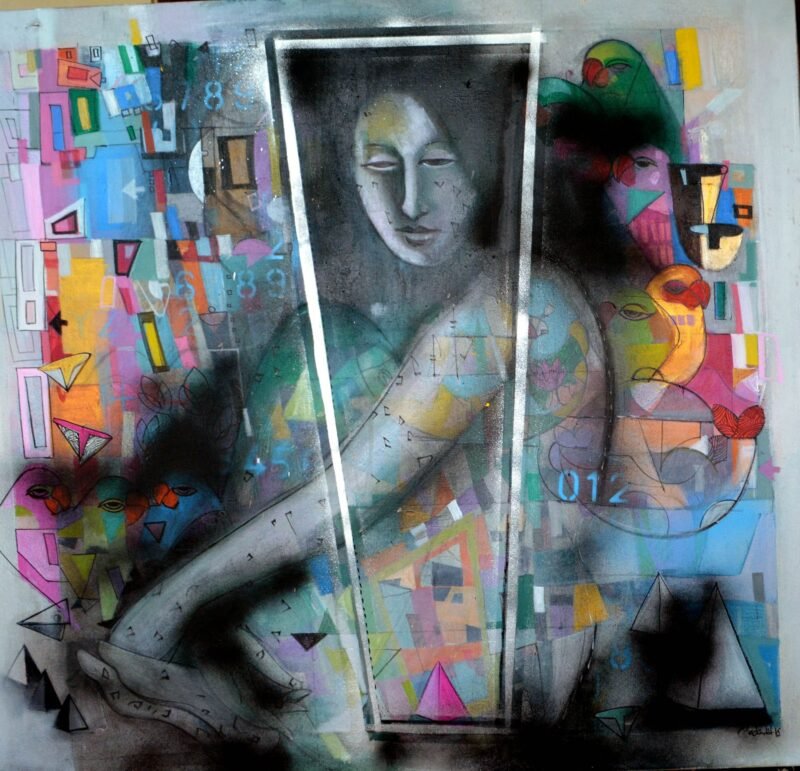Modern art refers to the artistic production, styles, and movements that emerged in the late 19th and early 20th centuries. It is characterized by a break with traditional techniques and the use of new materials and forms of expression. Modern art includes a wide variety of styles, from the avant-garde and experimental to the more traditional and classical.
Key Movements in Modern Art
One of the key movements in modern art is Impressionism, which emerged in France in the 1860s and 1870s. Impressionist artists sought to capture the fleeting impressions and atmosphere of a scene rather than its precise details. They used loose brushstrokes, vibrant colors, and an emphasis on light and movement to convey a sense of immediacy and emotion. Some of the most famous Impressionist artists include Claude Monet, Pierre-Auguste Renoir, and Edgar Degas.
Another important movement in modern art is Fauvism, which emerged in the early 20th century and was characterized by bright, bold colors and expressive brushstrokes. The Fauvist artists were influenced by the work of the Impressionists, but they took the use of color to a new level, using it to convey emotion and atmosphere rather than simply to depict the natural world. Henri Matisse and André Derain were two of the most prominent Fauvist artists.
Cubism was another major movement in modern art that emerged in the early 20th century. Cubist artists, such as Pablo Picasso and Georges Braque, broke down objects and figures into geometric shapes and rearranged them in abstract compositions. Cubism marked a significant departure from traditional ways of representing the world and had a major influence on the development of abstract art.
Abstract Expressionism was a movement that emerged in the United States in the 1940s and 1950s. Abstract Expressionist artists, such as Jackson Pollock and Willem de Kooning, focused on creating expressive and gestural brushstrokes and drips in their paintings, rather than representing specific objects or figures. The movement was characterized by a focus on the process of creation and the emotional impact of the artwork.
Pop Art was a movement that emerged in the 1950s and 1960s and was characterized by the use of popular culture and mass media as inspiration for artistic creations. Pop Art artists, such as Andy Warhol and Roy Lichtenstein, appropriated images from advertisements, newspapers, and other sources and transformed them into works of art. Pop Art was a reaction against the solemnity and seriousness of Abstract Expressionism and sought to embrace the commercial and consumerist aspects of modern culture.
Minimalism was another important movement in modern art that emerged in the 1960s. Minimalist artists, such as Donald Judd and Dan Flavin, focused on creating simple, geometric forms and used minimal materials and techniques to create their artwork. Minimalism rejected the emotional and expressive qualities of Abstract Expressionism and instead focused on creating works of art that were simple, rational, and objective.
Conclusion
Overall, modern art represents a significant break from traditional artistic techniques and forms of expression. It includes a wide variety of styles and movements, each of which has contributed to the development of contemporary art. Modern art continues to evolve and influence the art world today, and its legacy can be seen in the work of many contemporary artists.
By: Sabyasachi











